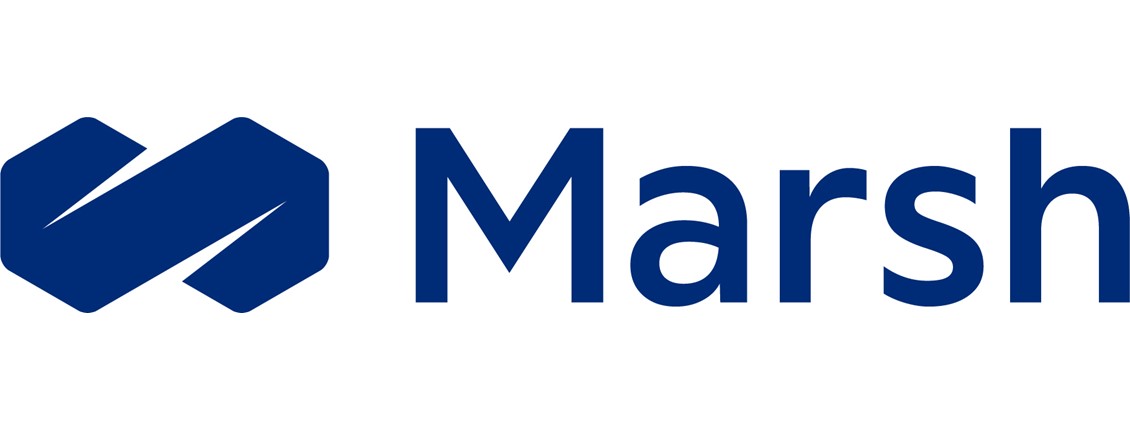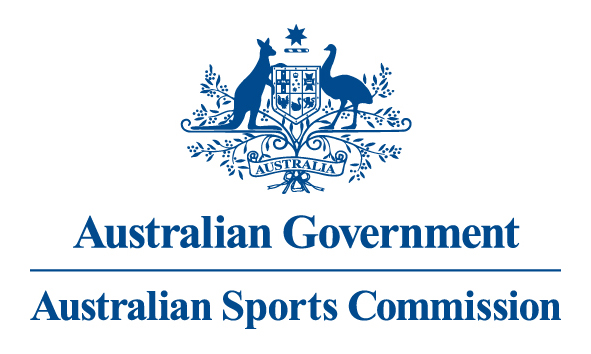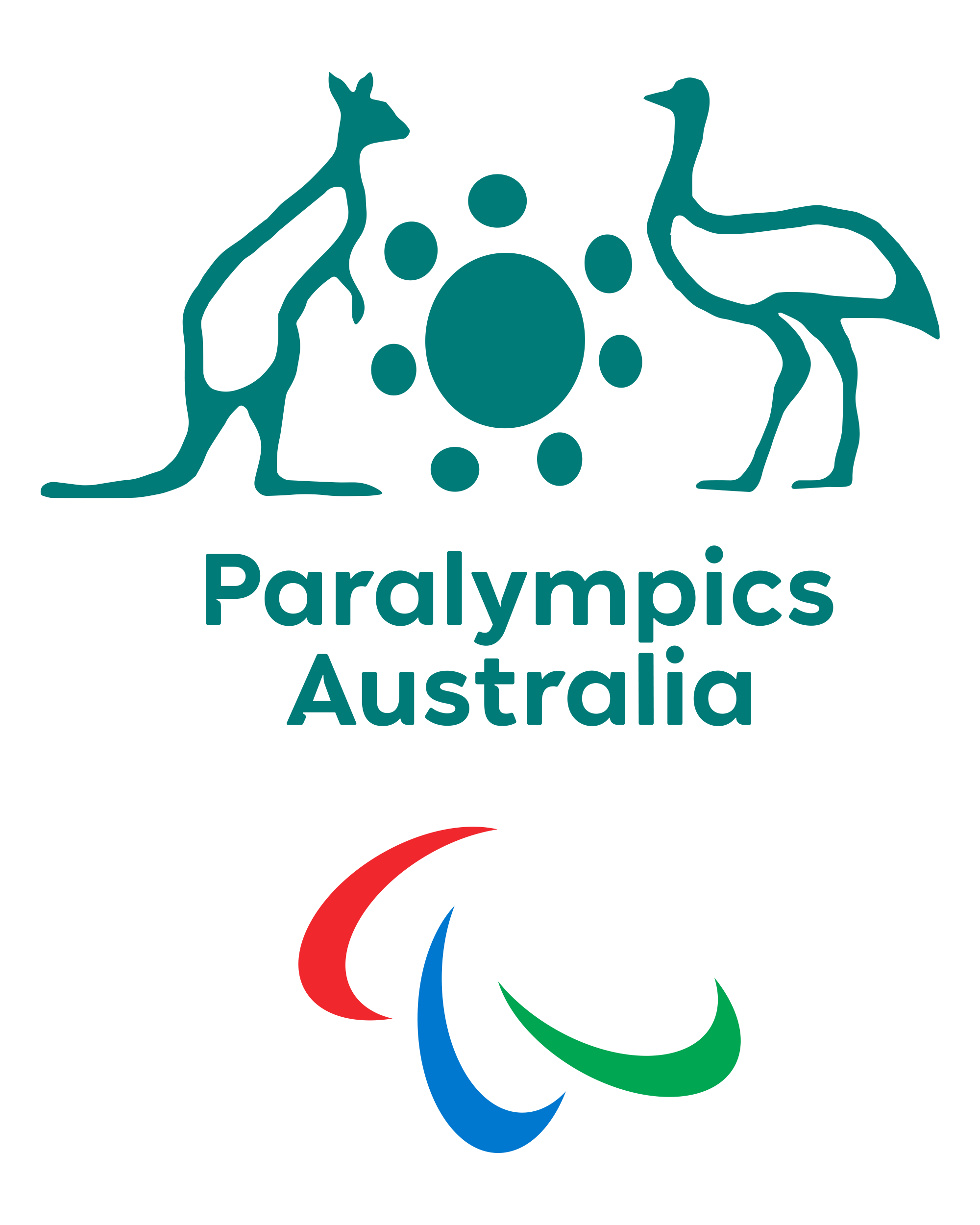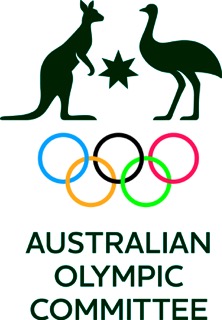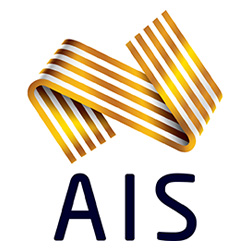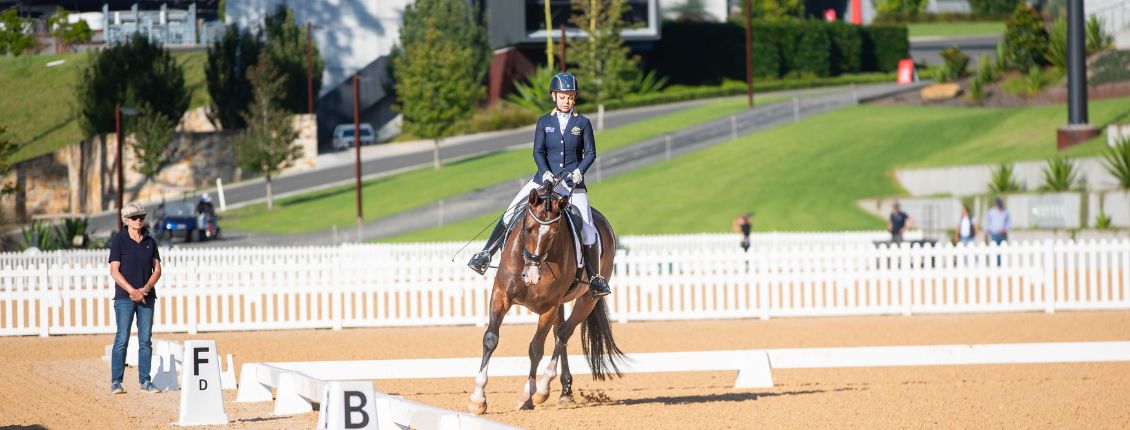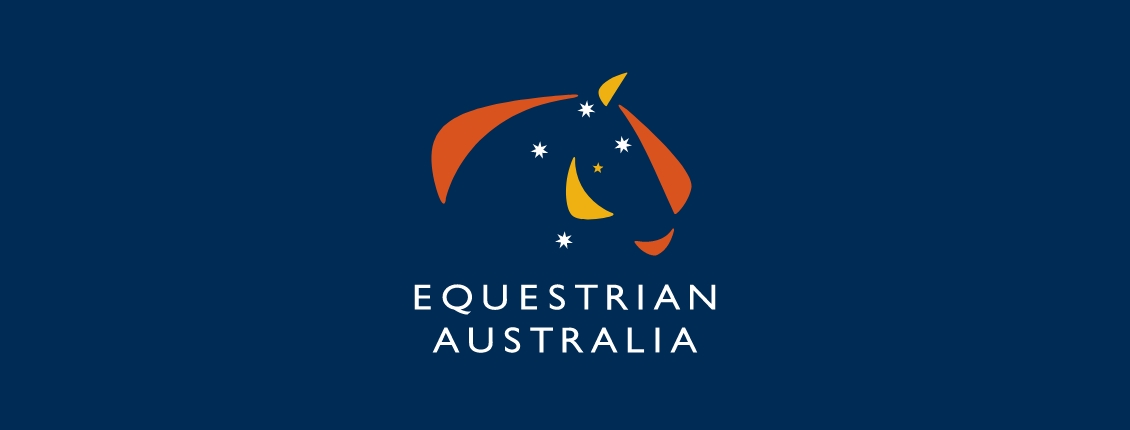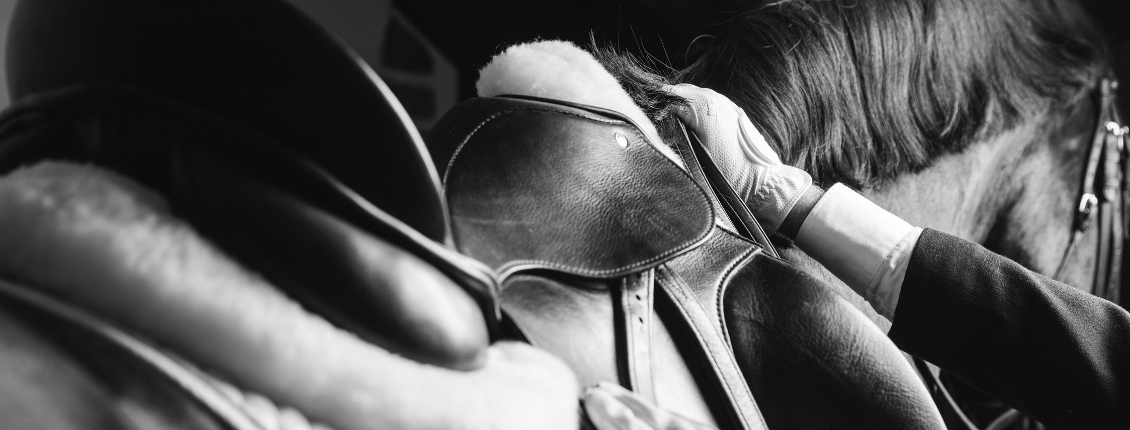ADC Annual Report 2012-13
Australian Dressage Committee Chair, Mary Seefried, presented her report for the period 1 July 2012- 30 June 2013 at the recent ADC meeting on Sunday 22 September.
1. MAJOR ACHIEVEMENTS FOR THE REPORTING PERIOD:
The Australian Dressage Committee (ADC) in the first year of the new Olympic quadrennial has been working to continue to establish sound structures and policies to develop the sport from bottom to top in Australia. At the end of the 2012, Lesley Sullivan the previous Chair retired and 2013 started with three new members on the committee and the appointment of Mary Seefried to the chair.
An initial committee workshop in February 2013 developed the strategic guidelines for the ADC to use as guidelines to strengthen and grow the sport in Australia. These were informed by the recommendations of both the ASC and EA Reviews of the Olympic Games 2012 equestrian campaign.
In summary, the strategic and Operational Direction for the Committee 2013-15 is as follows:
Firstly the vision:
To develop a pyramid for Dressage which has a strong, wide, inclusive base where all members can achieve their aspirations and which acts as a springboard to enable our elite athletes to achieve excellence in high performance.
Secondly the Strategies:
- Ensure structure and policies of the sport increase the participation of the sport
- Keep education for the sport contemporary and continuously improving technical knowledge, including officials education
- Promote the full Integration of Para Dressage with Dressage at all levels of the sport
- Foster a vibrant culture of ownership and investment in dressage horses
- Facilitate the promotion of the sport to increase the public interest especially through the use of current technology.
Much of the work of the ADC is regular cyclical work with Organising Committees overseeing the major shows, including the calendar, supporting development of officials, keeping the rule book up to date and being the interface with the FEI regarding dressage matters (etc). This business is done at meetings but also with regular email communication allowing rapid response to all matters.
To set the building blocks in place for the Rio Olympic Games, the ADC was consulted in the development of the dressage selection policies for all squads and WEG and in the appointments of the Para and Dressage Director, as well as the National Selectors. We are delighted to have such an experienced team as Julia Battams (NPD) and Chris Webb (High Performance Manager) to work with.
At the first meeting the decision was made also to support a closer integration of Dressage and Para Dressage. The new Section 13 of the Dressage Rule Book, developed by the previous PE Working Party under Lesley Sullivan, provides the underpinning for this integration. The ADC has worked closely with Julia Battams (Para and Dressage coordinator) in this regard and there is still work to be done to encourage the take-up of Para Dressage at local state championships to encourage the broadening of the base of Para Dressage riders.
The need for more effective communication between key stakeholders in the sport was highlighted by the Olympic reviews and we are very mindful of this. To this end a meeting was convened between the chairs of the three Olympic disciplines and some agreements in principle were achieved. Good links with ADJC are always enjoyed. Links with the Board will be strengthened as well.
To continue to encourage the support of owners in the sport, ADC combined with HP is contributing to the development of a Patron/Owners Policy. Dressage horse’s owners’ functions are being convened by ADC together with Julia Battams. Thanks to Kerry Mack of the ADC for her contribution here. These have been very well received.
Finally, the big issue for EA in early 2013 was the membership changes and its impact on dressage competition and clubs. ADC has been involved as a result with consultation and implementation, including revising the Dressage rules appropriately. Conditions and club cultures vary greatly between the states and ADC’s role was one of trying to find the best fit solutions. ADC will be meeting with the state chairs in September and have an ongoing dialogue about the effect of the changes. This will be fed into the Board’s six monthly review of the membership structure changes.
2. MOVING FORWARD: What are the main focus areas of the discipline moving forward?
The main focus over the next 12 months will be many-fold. First priority will be assisting the sport to work creatively to the changed competition structure and the impact of the much needed membership structure.This will be an ongoing issue for the ADC until the Clubs have had time to work with the new system.In addition, the ADC committee needs to be consulting widely in order to prepare for the six monthly review.
The second main focus is to develop polices to broaden the base of the sport and build bridges to the development of the competitor riders’ level to state, national and international level.Youth competition development is particularly important to encourage our young riders to stay in the sport and to form the basis of our squads towards the Tokyo 2020 Olympic Games.
The Australian Dressage Judges Committee which is a sub-committee of the ADC has developed sound structures to educate our judges and maintain their currency and technical knowledge.We need to ensure that we have succession planting in place to keep new well educated judges coming into the system.The technical expert feedback loop from our judges is vital for the development of the sport.
Finally 2013-14 is the lead up to the World Equestrian Games.It is vital for the Australia team to be successful in order to win a country team place for Rio 2016 not only in dressage but also Para-Equestrian Dressage.The ADC will be liaising closely with the HP program to ensure that our WEG campaign is successful.

